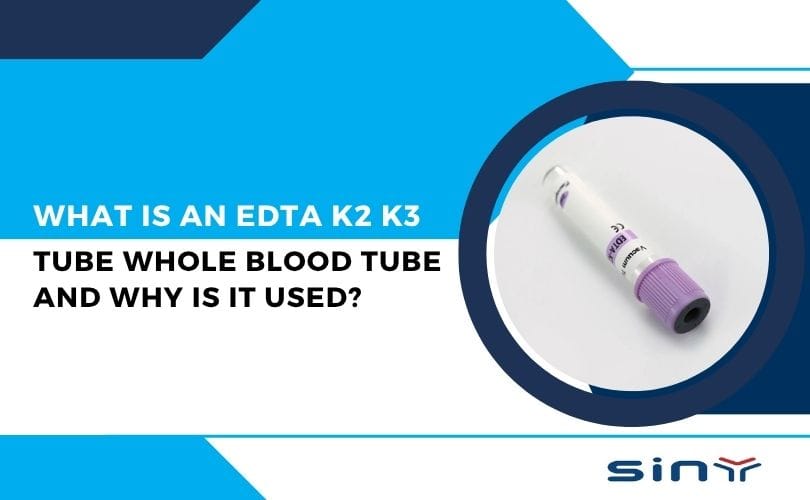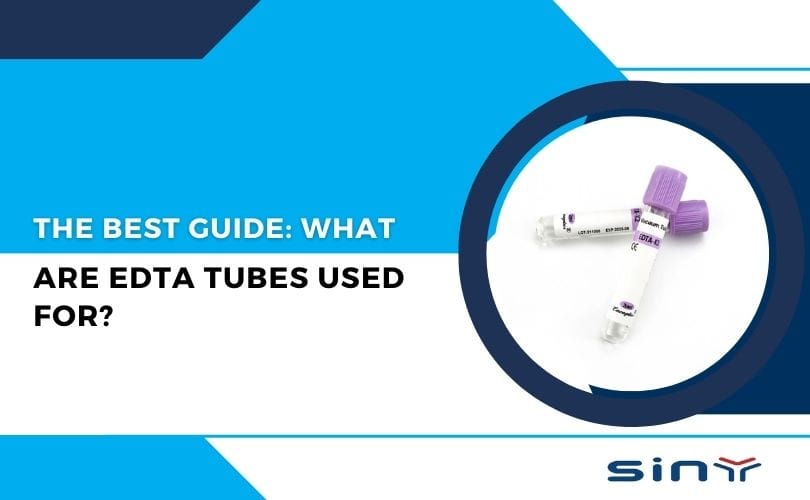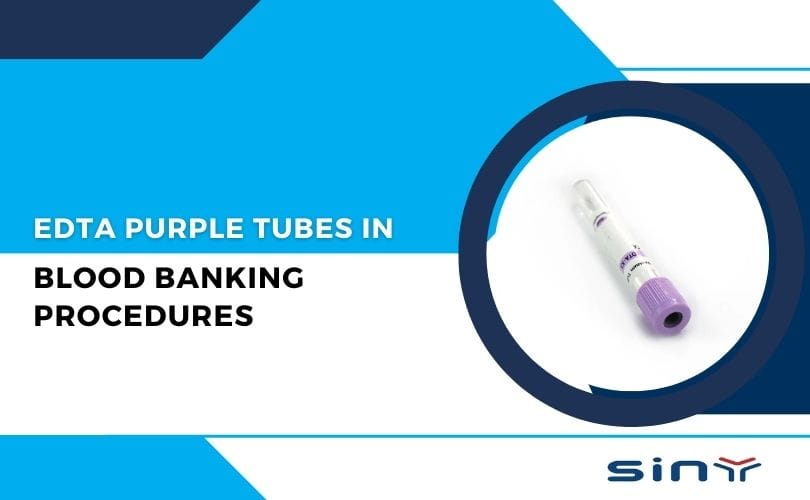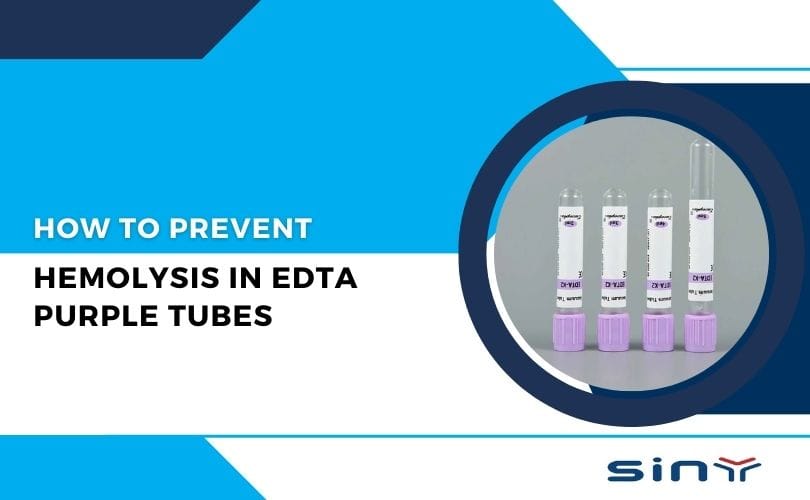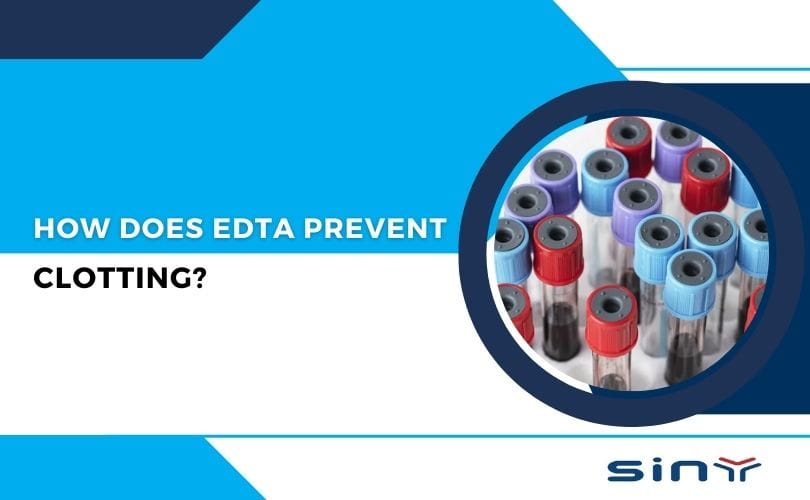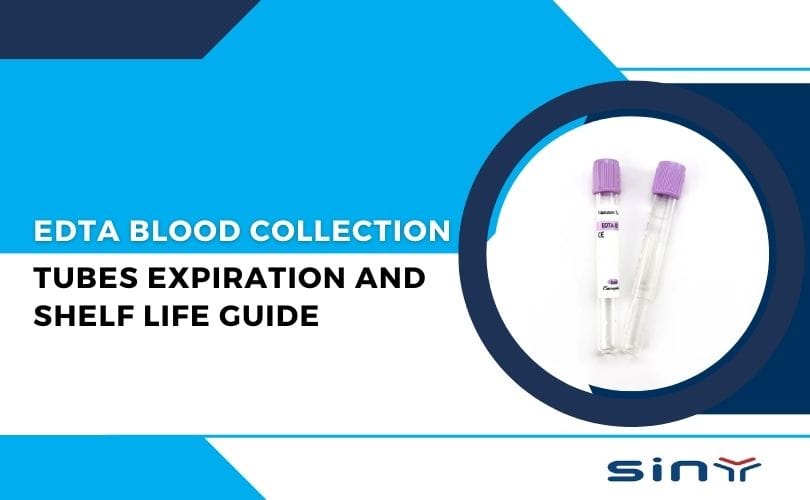Blood collection tubes are unsung heroes in medical diagnostics, ensuring that samples remain viable for accurate laboratory testing. Among these, EDTA K2 K3 tube whole blood tubes stand out as critical tools in hematology and molecular diagnostics. These specialized tubes, containing ethylenediaminetetraacetic acid (EDTA) as an anticoagulant, are designed to preserve blood samples in their natural state, preventing clotting and maintaining cell integrity. Whether you’re a healthcare professional, a laboratory technician, or simply curious about medical testing, understanding the role of EDTA K2 K3 tubes can shed light on their importance in achieving reliable diagnostic results. In this comprehensive guide, we’ll explore what EDTA K2 K3 tubes are, their differences, uses, benefits, and best practices for handling them, all backed by research and industry insights.
What Is an EDTA K2 K3 Tube Whole Blood Tube?
An EDTA K2 K3 tube whole blood tube is a type of blood collection tube used in clinical laboratories to collect and store whole blood samples for various diagnostic tests. These tubes contain ethylenediaminetetraacetic acid (EDTA), a powerful anticoagulant that prevents blood from clotting by binding to calcium ions, which are essential for the coagulation process. By chelating calcium, EDTA ensures that the blood remains in a liquid state, preserving the cellular components like red blood cells, white blood cells, and platelets for accurate analysis.
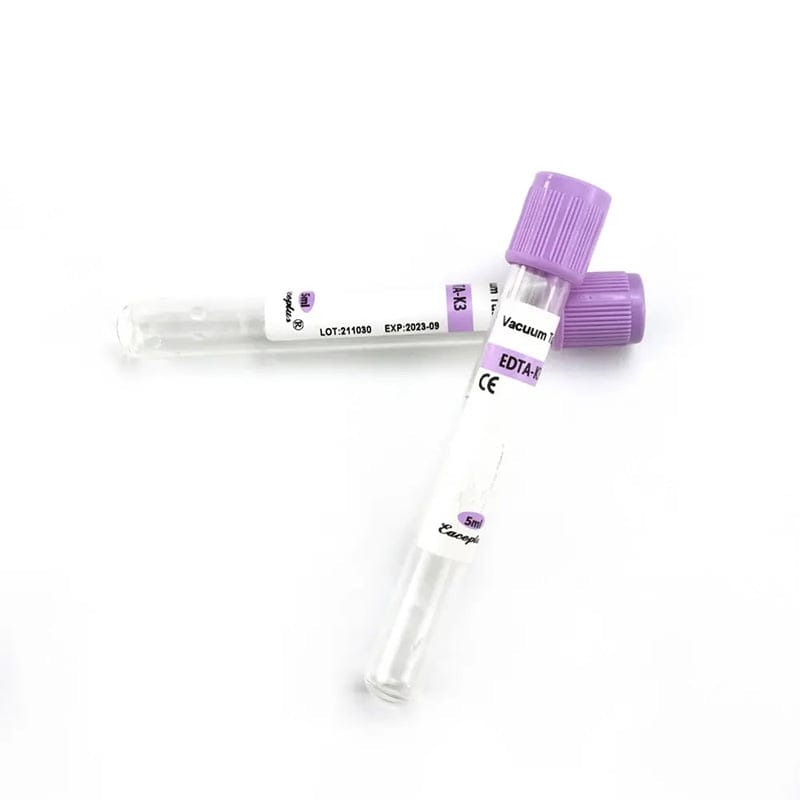
The “K2” and “K3” in EDTA K2 K3 tubes refer to the specific potassium salt forms of EDTA used in the tubes:
K2 EDTA contains dipotassium EDTA, with two potassium ions.
K3 EDTA contains tripotassium EDTA, with three potassium ions.
These tubes are typically identified by their purple or lavender-colored caps, a universal color code in medical diagnostics that signals the presence of EDTA. Available in various sizes (2 mL to 10 mL), EDTA tubes are made from either glass or plastic (PET) and may include additional features like gel separators for specific applications. They are widely used for hematological tests, such as complete blood counts (CBC), blood typing, and molecular diagnostics like DNA and RNA analysis. For high-quality options, explore EDTA tubes for blood collection offered by Siny Medical.
EDTA K2 vs K3: What’s the Difference?
Although both K2 and K3 EDTA serve the same purpose—preventing blood from clotting—there are some key differences worth knowing.
K2 EDTA Tubes
Contain dipotassium EDTA.
Less dilution of blood—ideal for most hematological tests.
Preferred in many modern laboratories due to better cell morphology preservation.
Available in plastic tubes, reducing the risk of breakage and contamination.
Learn more about K2 EDTA Blood Collection Tubes
K3 EDTA Tubes
Contain tripotassium EDTA.
Slightly more acidic and may dilute the blood sample more than K2.
Common in glass tubes.
Still used in some labs due to compatibility with older testing equipment.
Full details on K3 EDTA Tubes
You can also browse a variety of K3 tubes on this dedicated product.
How Does the EDTA K2 K3 Tube Work?
When a sample is collected into a whole blood tube with EDTA, the anticoagulant instantly begins to work by binding with calcium in the blood. Calcium is a necessary component for clotting, so by removing it, EDTA keeps the blood in liquid form. This helps lab professionals analyze the exact composition of blood, especially red and white blood cells, without interference from clotting.
This process is extremely useful for:
Monitoring disease progression
Diagnosing infections
Assessing overall health
Performing genetic and molecular tests
Want to understand why EDTA is preferred for WBC counts? Here’s a full breakdown on that at Why EDTA Tubes Are Preferred for WBC Counts.
How to Use EDTA K2 K3 Tubes Correctly
Using EDTA K2 K3 Tubes correctly is essential for obtaining accurate test results. Here are some tips:
- Proper Labeling: Always label the tube with the patient’s information to avoid mix-ups.
- Correct Fill Volume: Ensure the tube is filled to the recommended volume to maintain the proper blood-to-anticoagulant ratio.
- Gentle Mixing: After collection, gently invert the tube 8-10 times to mix the blood with the anticoagulant.
- Storage: Store the tube at the recommended temperature until testing.
You’ll commonly find EDTA K2 K3 tubes in:
Hospitals
Medical labs
Blood banks
Veterinary clinics
Research institutions
Because these tubes help preserve blood’s natural state, they’re incredibly important in getting accurate, reliable diagnostic results.
For more detailed guidelines, check out our blog on Top Quality Control Tips for Using EDTA Tubes.
Quality Control Tips for Using EDTA Tubes
Even the best tubes won’t help if they’re used incorrectly. So here are some golden tips from the pros.
Common mistakes to avoid:
Using expired tubes
Improper mixing after collection
Incorrect storage temperatures
Using the wrong EDTA type for the test
Here’s a helpful guide on Top Quality Control Tips for Using EDTA Tubes.
Where to Buy Reliable EDTA K2 K3 Tubes?
Not all EDTA tubes are created equal. If you’re looking for certified, lab-grade EDTA K2 or K3 tubes, your best bet is EDTATube.com, a trusted name in clinical lab supplies.
Browse their range of EDTA tubes, compare features, and find the perfect fit for your diagnostic needs.
Also explore other reliable options at Siny Medical on Made-in-China.
Have more questions? Feel free to Contact Us, we’re here to help.
Wrapping It Up
At the end of the day, EDTA K2 K3 Tube Whole Blood Tubes are far more than just containers. They’re precision tools that preserve the quality and integrity of blood samples, enabling accurate and timely diagnostics. Whether you’re running a full-service lab, a hospital ward, or a research study, choosing the right EDTA tube can make or break your results.
For a deep dive into blood collection innovations, check out EDTA Tube by Siny Medical or browse top-quality options at EDTATube.com.
Need help picking the right product or have questions about usage? Don’t hesitate to contact us today!
FAQs
1. Can I use the same EDTA tube for all blood tests?
Not always. Some tests may require plasma or serum separation, so specific tubes like heparin or citrate may be more appropriate.
2. What’s better—K2 or K3 EDTA?
K2 is generally preferred for modern hematology due to less dilution, but K3 is still used in some legacy systems.
3. How long can a blood sample stay in an EDTA tube?
Typically up to 24–48 hours at room temperature, but refrigeration can extend stability.
4. Why is EDTA used instead of heparin or citrate?
EDTA offers better preservation of cellular elements like WBCs and platelets, making it ideal for hematology.
5. Are EDTA tubes safe for pediatric use?
Yes, smaller volume tubes are available specifically for pediatric patients.

